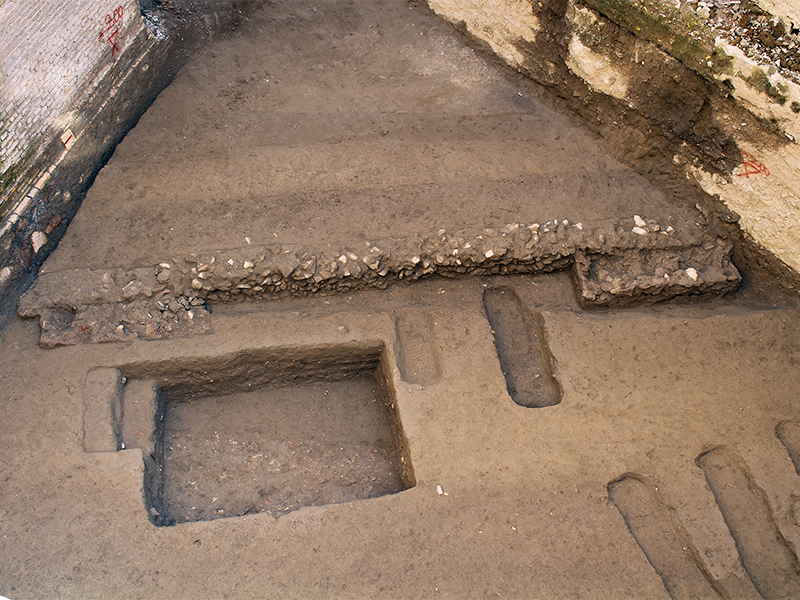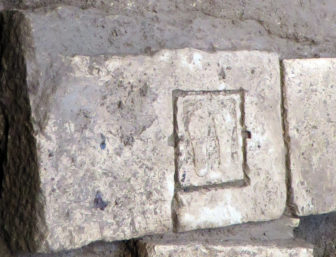
The burial area where the bodies
were found during building construction in the Trastevere district of
Rome. Photo courtesy of Rome's Archaeological Superintendency
Italian archaeologists have discovered the remains of 38 skeletons buried in a Jewish cemetery in Rome more than 500 years ago, offering further evidence of their ubiquity and persecution under papal rule.
The well-preserved skeletons were found during excavations beneath a building in an area identified on ancient maps as “Campus Iudeorum” – Latin for “Field of Jews” — in the Trastevere quarter of Rome just across the Tiber River from the Italian capital.

The
burial area where the bodies were found during building construction in
the Trastevere district of Rome. Photo courtesy of Rome’s
Archaeological Superintendency
The skeletons were discovered during excavations nearly 20 feet beneath a large modern building undergoing renovation. Apart from the cemetery, archaeologists also found the remains of an ancient tannery at the site dating back to the era of Roman Emperor Septimius Severus in the third century.
Rossi, from Rome’s Archaeological Superintendency, said the graves confirmed customary Jewish funeral practices: The bodies were buried in plain wooden caskets without any objects and were only identified after a fragment of a Hebrew epigraph was found at the dig.
She said the absence of headstones was a result of decrees issued by Pope Urban VIII, who ruled in 1625 that Jews be buried in unmarked graves and ordered headstones to be removed from existing graves.
The only Hebrew inscription, a fragment, came from a layer where the graves were obliterated so without a doubt that was the result of Pope Urban VIII decrees in October 1625.
Experts said the skeletons were predominantly adult males and there were few children. Scientific analysis also showed signs of a poor hygiene and inadequate diet lacking in protein.
Rome’s Jewish community has welcomed the discovery and pledged to rebury the 38 bodies with the prayers and rituals of a Jewish funeral.

No comments:
Post a Comment